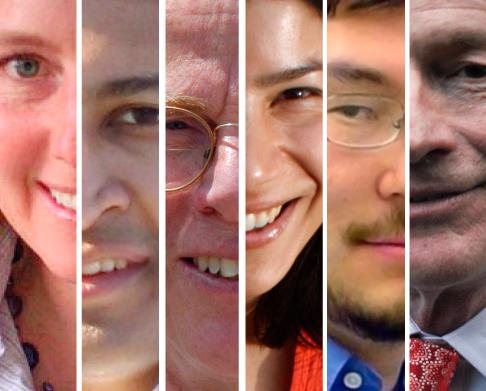Government Professor Harvey C. Mansfield ’53, white-skinned and gray-haired at 78, counts this past academic year as his 47th year on the faculty at Harvard. The acclaimed scholar is emblematic of the “Old Harvard” image of the faculty—predominantly aging and white.
But administrators say that this model should no longer be the mainstay of modern academia. The Faculty of Arts and Sciences—which consists of nearly half of the Harvard’s faculty—has devoted itself to establishing the young, dynamic, multicultural faculty of the future.
But after undergoing a phase of dramatic expansion in the faculty in the first part of the decade, FAS has found itself confronted with the task of budgetary streamlining—thereby restricting the school’s ability to recruit fresh faces and personalities to the faculty.
With recent budget cuts restricting the number of searches authorized across FAS, the school has had to rethink its approach to fostering Harvard’s future faculty—such as a one-time retirement package for older faculty members and a mentorship program for younger faculty.
THE DIFFICULTIES OF EXPANSION
Last academic year, securing a professorship at Harvard was close to impossible. Only nine professors joined the ranks of FAS, as Dean Michael D. Smith had imposed a near-complete freeze on faculty hiring in a bleak fiscal climate.
The stringent hiring trend posed a stark contrast to the tremendous prosperity of the preceding years: in the decade prior to the financial crisis, the professoriate grew by roughly 20 percent—from 589 to 712 individuals—and plans were in place to hire as many as 750.
“We were in an extraordinary position of both having the will, planning, and capacity for growth in the first half of this decade,” says History Professor William C. Kirby, who oversaw much of the expansion as FAS dean from 2002 to 2006.
But all that has changed. As multi-year searches are finalized, Smith says he expects a slight growth in the coming year. But next year’s size may well be the ceiling—Smith has projected a shrinking of the faculty as departures outpace the number of searches.
With the dearth of new hires, Smith faces dampened prospects for dramatically reshaping the faculty, a goal that had extended across much of the decade.
In 2005, coming off of former University President Lawrence H. Summers’s claim that “innate differences” between the sexes could help to explain the lack of female scientists at elite institutions, Harvard reaffirmed its commitment to increasing the number of women and minority faculty members.
But five years later, even through a decade of expansion, the proportions of women and minorities in the faculty as compared with their white male colleagues have changed only slightly. Today, a quarter of the University faculty are women and 17 percent are minorities, according to the 2009 annual report of the Office of Faculty Development and Diversity.
“Reshaping a talented and well-established faculty is a long-term commitment,” University President Drew G. Faust wrote to the community in March, “and much work remains to be done.”
MAKING ROOM FOR NEWCOMERS
Despite the challenges confronting FAS’ desire to diversify the face of the faculty, the school has boldly signalled its commitment to the mission over the past year.
Read more in News
Advising Woes













